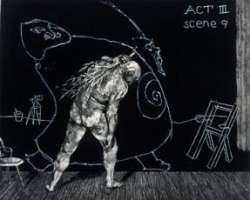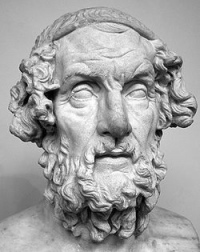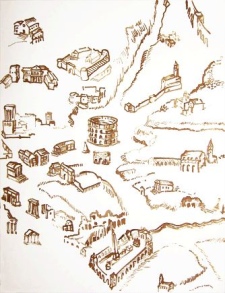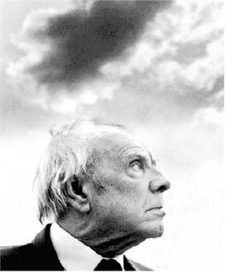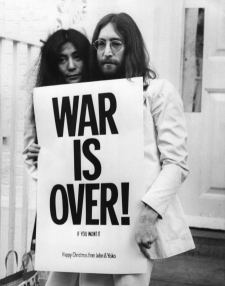
The question is posed regarding the current status of the signifier “Open” as deployed in the dialog about the technological infrastructure that underpins the world around us. “Open” is a battle cry, a sledgehammer, a cause, a stance, a secret weapon, a manifesto, a politics, and a call for transparency. The warriors of “Open” sit around the campfire and tell stories of the historic battle, it was 10 minutes to midnight and “Closed” had almost succeeded in its diabolical mission of total hegemony. Given that small slice of daylight to maneuver, these brave warriors were able to push back the night. No official end of hostilities were ever declared, and so we’ve settled into an era of a restless armistice, eternal vigilance, and the dull gray skies of a cold war.
We like to think in binary oppositions, so “Open” takes its place across the aisle from “Closed.” In its driest form we try to drain the blood and passion from these opposing forces and create logical truth tables appropriately filled in with the tokens “true” and “false.” At the other end of the spectrum, we paint a mask on the face our opposition and call them by the name “enemy.”
There are 10 kinds of people in the world. Those who understand binary and those who don’t.
“Open” and “Closed” are perceived as mutually exclusive possible futures; and any resolution to the conflict would require the elimination of one or the other. From “Open’s” perspective “Closed” must disavow its nature, and pledge allegiance to “Open” and its attendant laws and moral codes. “Closed” learned that the price of total victory was much too high, but to disavow its nature and allow the plunder of its assets was unacceptable as well.
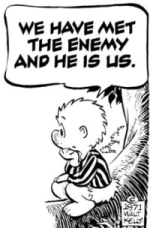
There’s a natural tendency to attempt to preserve the ecosystem of a binary opposition, and an economy and political structure grows up around it to maintain a stable state. But there’s another kind of thing that happens when a thesis and antithesis engage in a dialectical interaction. Hegel called this aufhebung, which is generally translated as sublation.
In Hegel, the term Aufhebung has the apparently contradictory implications of both preserving and changing (the German verb aufheben means both “to cancel” and “to keep”). The tension between these senses suits what Hegel is trying to talk about. In sublation, a term or concept is both preserved and changed through its dialectical interplay with another term or concept. Sublation is the motor by which the dialectic functions.
The background music to this conflict has been the growth of the Network. That music has now pushed itself to the foreground. It’s fundamentally changed both the terrain of the conflict and the meaning of each side. In a network, the question isn’t: are you now, or have you ever been “Closed?” The question is: can you connect to other nodes and exchange information with them? The heterogeneous nature of the Network has already been established– value and the capacity to connect are now inextricably linked.
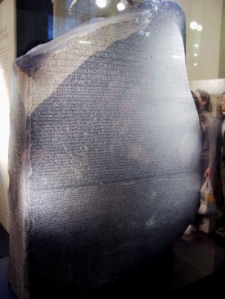
The emergence of XML has served as a Rosetta Stone for the Network. A story that could have unfolded like the Tower of Babel or the Confusion of Tongues, instead has evolved a mechanism to enable trade between countries of different faith, language and culture. So now one might ask, if “Closed” can connect and trade information with any instance of “Open,” along with any other kind of “Closed” — do those terms retain the same purchase within this new context?
Translation carries with it the risk of misunderstanding– and so, some long for a return to paradise, a time before the confusion of tongues.
…prior to the building of the Tower of Babel, humanity spoke a single language, either identical to or derived from the “Adamic language” spoken by Adam and Eve in Paradise. In the confusion of tongues, this language was split into seventy or seventy-two dialects, depending on tradition.
But time is an arrow, and it points toward the future. Despite the evidence of our DVRs, we cannot pause and rewind it. Paradise cannot be regained within the sojourn of this mortal coil.
If thesis and antithesis have formed a synthesis, their common truths reconciled, and a new proposition has emerged: What is the nature of this new networked landscape in which find ourselves? We seem to have stepped across the divide between a Ptolemaic vision to a Copernican one, a decentering has dropped us in a terrain inhabited by a diverse population with many forms of life (or perhaps, simply opened our eyes). We begin to understand how networks are ecosystems, ecosystems are networks, and our future panarchic.
The new questions that surface around comparative value have to do with the establishment and deployment of identity artifacts, the capacity to connect and trade bits of information, the cost, speed and latency of the transaction, the transparency of public channels and the security of private channels. And across this new topography, the filters that can catch the high-order bits in their mesh from a diverse set of streams will fill the social function of what used to be called newspapers.
Coda:
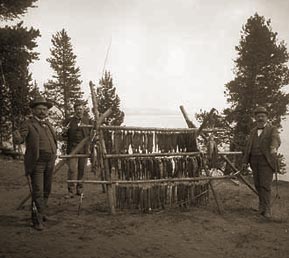
As we learn to fish in these new waters, a new ecosystem will emerge and begin to mature. Some will cast a net across the whole ocean. Others will go fishing where the fish are. Despite the divergent methods, I have an inkling that the size of the catch will be roughly similar.
Comments closed
